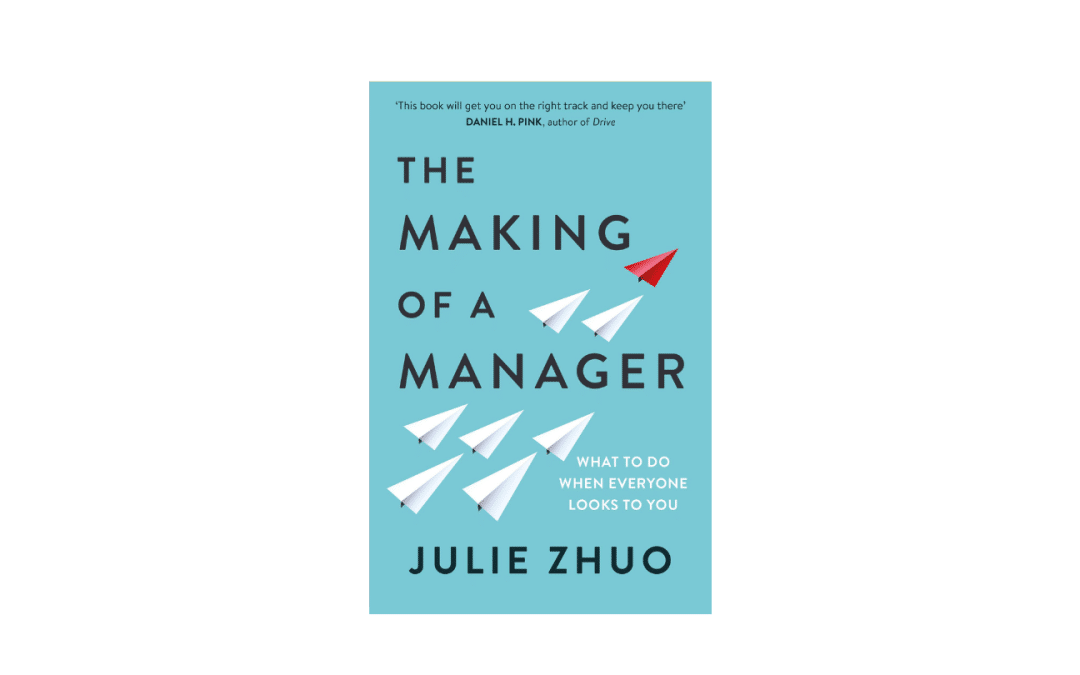
by James Chaplin | Apr 22, 2021 | Book and Movie Club, Book Review
Getting past no – Book review In today’s world, our success often hinges on our ability to get people to buy into our ideas, whether it’s in our professional or personal lives. However, sometimes we encounter individuals who seem to be unwilling to...

by Chiara Lorenzetti | Apr 3, 2021 | Book and Movie Club, Book Review
The making of a manager book review “Great managers are made, not born” These are the first words you will read of this book and let us be honest, they are quite reassuring. When I started to read “The Making of a Manager”, I bought a digital...

by James Chaplin | Apr 1, 2021 | Book and Movie Club, Book Review
Good Strategy, Bad Strategy – Book Review If you’re responsible for managing a business, solution, or product, you’ll know that good strategy is essential to success. However, according to Rumelt, most businesses either don’t have a strategy or have...

by Chiara Lorenzetti | Mar 26, 2021 | Book and Movie Club, Book Review
The culture map by Erin Meyer Communication across cultures is the great challenge of the global economy, now more than ever, where you work is meaningless, and the question is: whom can you work with? Erin Meyer is a professor at INSEAD, one of the world’s leading...

by James Chaplin | Mar 25, 2021 | Book and Movie Club, Book Review
Art of war by Sun Tzu As someone running a business in a highly competitive landscape, it’s important to be ready for whatever comes your way. Sun Tzu’s “The Art of War” may not be a traditional business book, but its teachings are incredibly...

by Chiara Lorenzetti | Mar 19, 2021 | Book and Movie Club, Book Review
Never split the difference By Chris Voss No matter what position you cover in your business, you have to negotiate, let’s admit it. Whether you want to improve your skills in asking as much as possible or in conceding as less as possible, this book will teach...










